
The Costa Rica glasshouse at Cleveland Botanical Garden is full of luscious Neotropical plants, many of which grow rapidly due to the ideal climatic conditions the glasshouse provides, including bountiful sunlight and containment of humidity. Another reason these specimens thrive is occasional pruning; ensuring a “space” for each plant is maintained so they aren’t overcrowding one another and competing for resources. From smaller herbaceous pruning to larger tree pruning, where does all of this pruned material go?
In adherence with USDA APHIS (United States Department of Agriculture – Animal & Plant Health Inspection Service) policies, all plant material removed from the Costa Rica biome must be frozen for 72 hours. This is because exotic butterflies are not only housed here, but are free-flight throughout the room; meaning they could theoretically lay eggs on any of plants in the biome. Butterflies typically lay eggs on host plants – and while we have no host plants in the biome, sometimes butterflies lay eggs on plants other than their hosts; which is why the USDA requires freezing as an extra precaution. Freezing the plant material for 72 hours rules out the possibility of viable butterfly eggs, larvae and pupae escaping into our environment and potentially causing unknown agricultural and ecological problems.
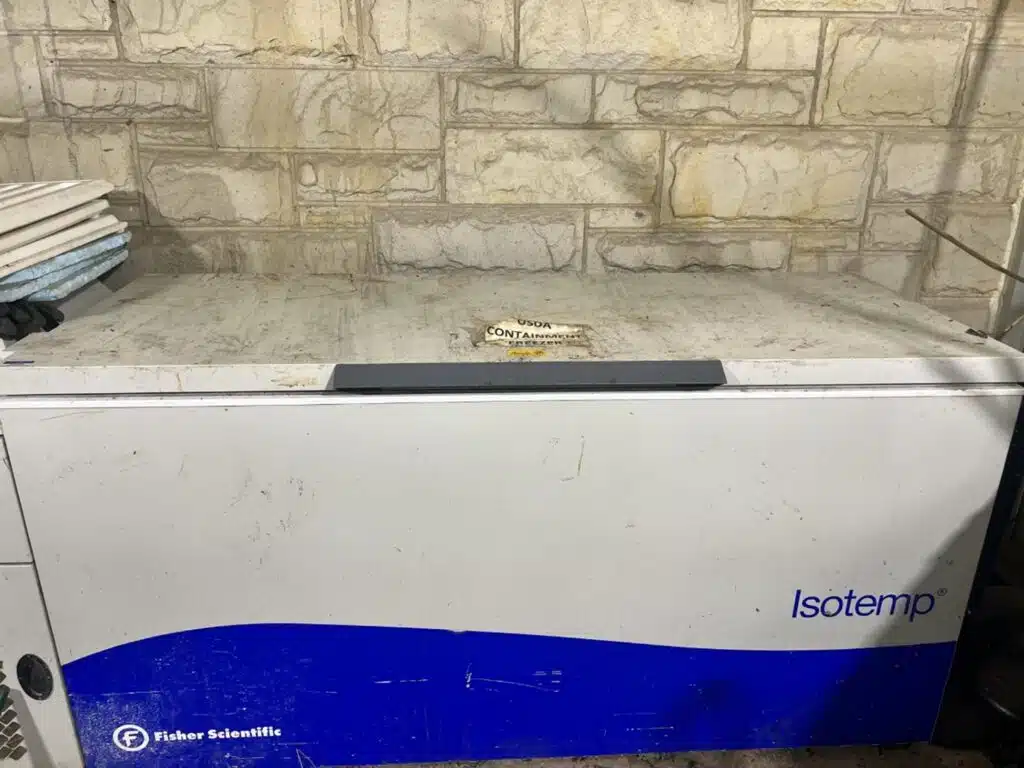
Hauling bags into and out of the freezers then into our truck, then driving the bags to our service yard and unloading them into a plant waste dumpster can be a time consuming task; especially when multiple trips are needed. To help mitigate some of our expended time and labor away from such a recurrent task, we started a composting program in the Costa Rica biome. This means that instead of freezing our pruned plant material for export, it stays in the biome for breakdown via 3 currently utilized composting methods: batch compost pile, continuous compost pile, and nested compost bins. Not only do we save time and energy by composting in the biome, but eventually we will be rewarded with finished compost products; creating a closed system where nutrients are returned to the soil by soil amendment.
Batch compost pile
This method of composting is done by creating a pile of plant material all at once. The pile’s initial dimensions must be a minimum of 3x3x3 feet to ensure the pile can hold enough heat for decomposition. The pile is constructed to be dome-shaped and peak in the middle. The contents follow a 3:1 ratio of carbon (woody material, dry leaves) to nitrogen (green, herbaceous) and are chopped up into smaller pieces during turning to promote faster breakdown. This pile is maintained by turning the contents once per week and maintaining a moisture level of a wrung sponge by watering. A finished compost product is produced in about 4 months.
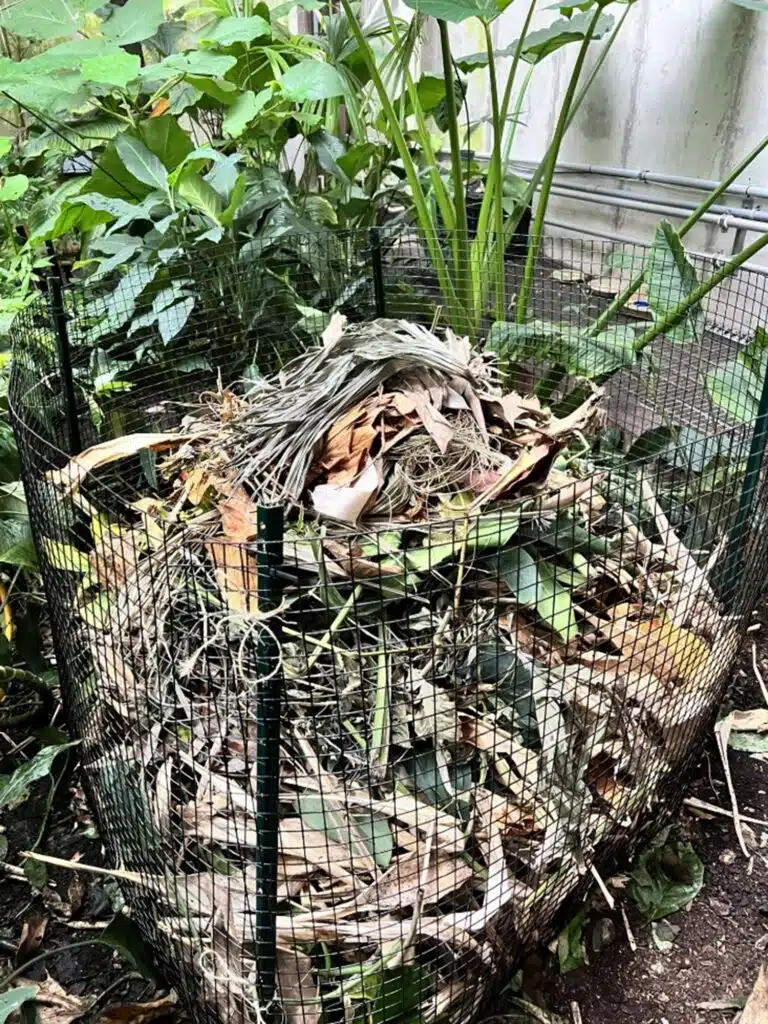
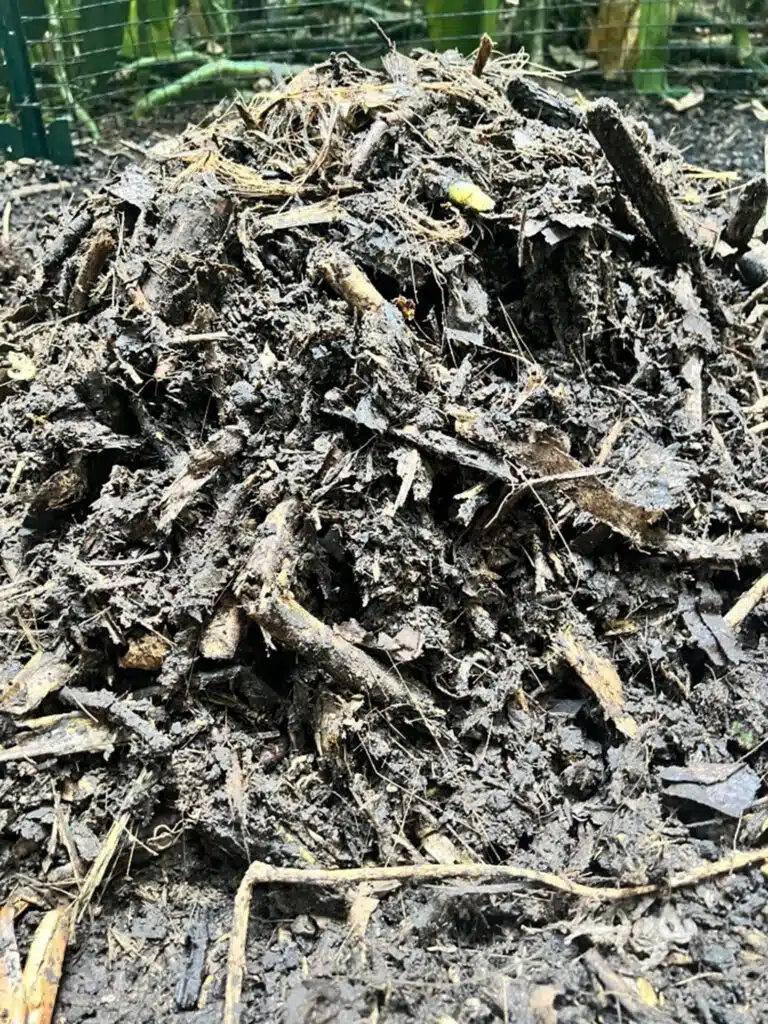
Continuous compost pile
This method of composting is done by constructing a large pile that is added to on-top-of and shrinks in size continuously. Since this pile is never turned, it must be constructed well to ensure there is adequate airflow and drainage built within the pile to maintain an aerobic environment for the microorganisms at work. This is achieved by adding larger, strategically placed herbaceous and woody materials (no thicker than 2 inches). The pile is maintained by watering and adding material as it is available in a 2:1 carbon to nitrogen ratio. This pile has consumed 150 bags of pruned plant material in 4 months, and produces a finished compost product in 6-9 months.
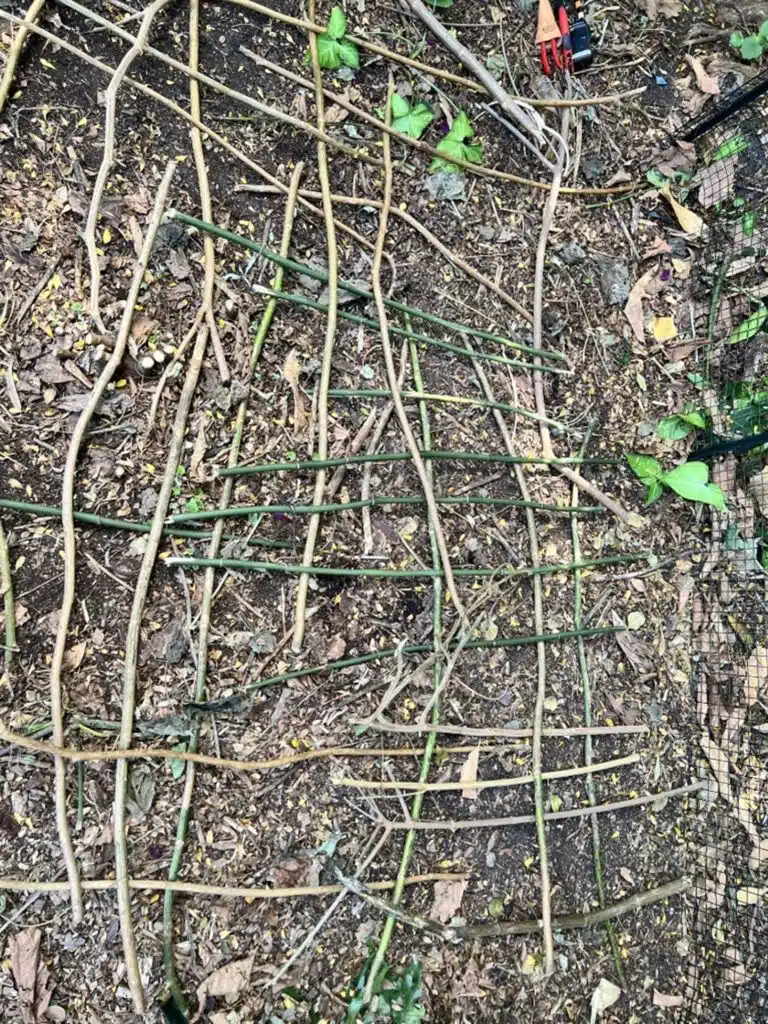
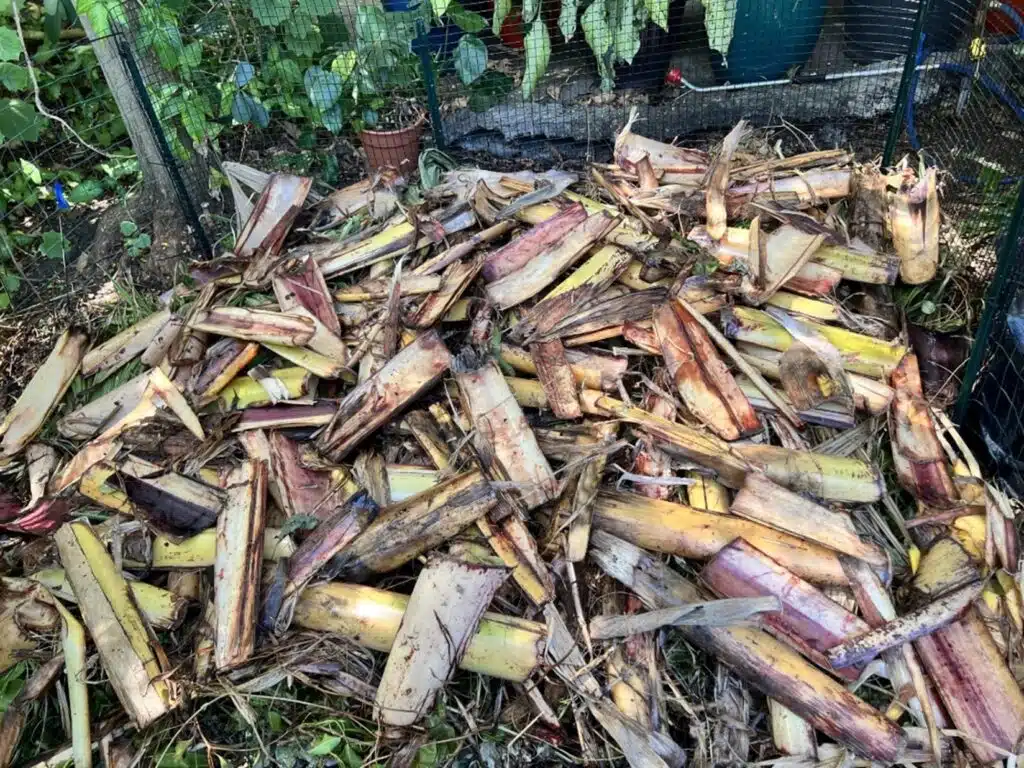
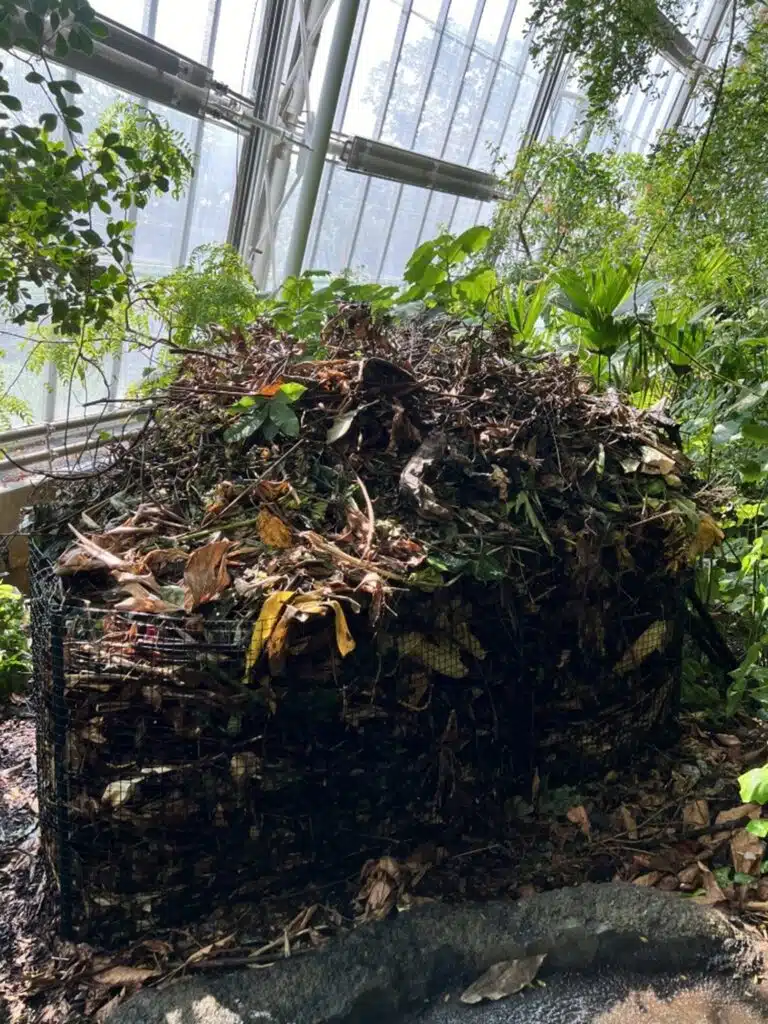

Nested composting bins
This method of composting is done with two stackable plastic tote bins. Both bins feature drilled holes in the tops of the bins’ sides for air flow, while the inner bin which holds the compost features drainage holes drilled into the bottom; covered by a single lid. They are initially created by adding 4 inches of soil and a 2:1 ratio of finely chopped carbon to nitrogenous materials. These bins are maintained by turning the contents once per week and watering as necessary to maintain a moisture level of a wrung sponge. A finished compost product is produced in 3 months.
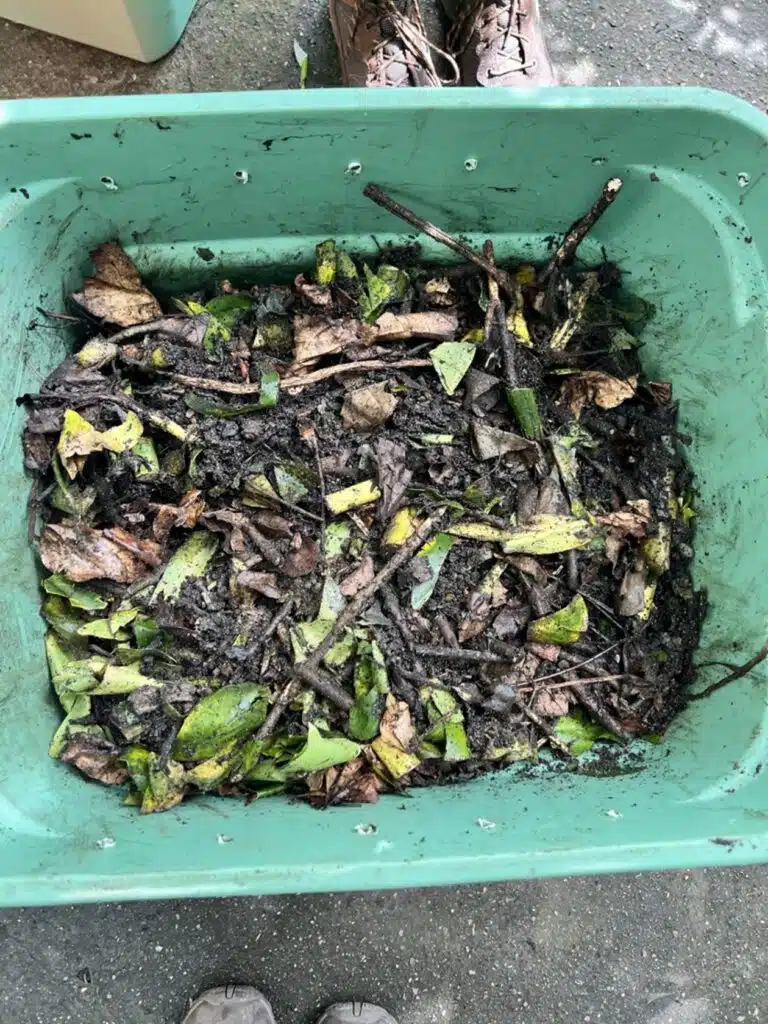

Composting in-biome has been a great way to not only be more time and labor-efficient, but also is a great educational point for guests like you to learn more about how our biomes are maintained. We also would like to try vermicomposting (worm composting) in the biome eventually. How many different composting methods can you find?

Caitlin Weber
Horticulture Biomes Assitant
Caitlin Weber is almost finished serving her year-long term with the AmeriCorps program NOWCorps (Northern Ohio Watershed Corps) as the Horticulture Biomes Assistant, hosted at the Cleveland Botanical Garden. She has a B.A. in Applied Plant Biology from Ohio University. Before her year of service, Caitlin worked on her university's small-scale farm for two summers.













